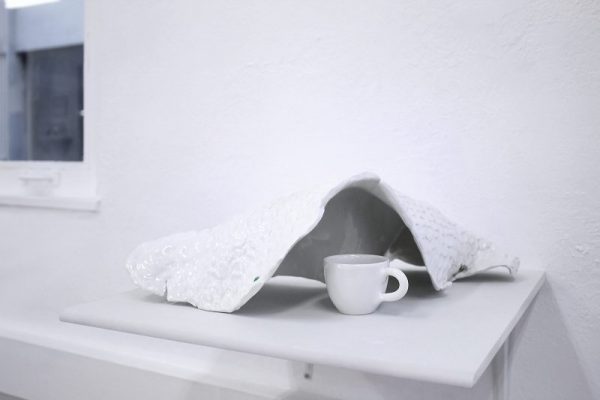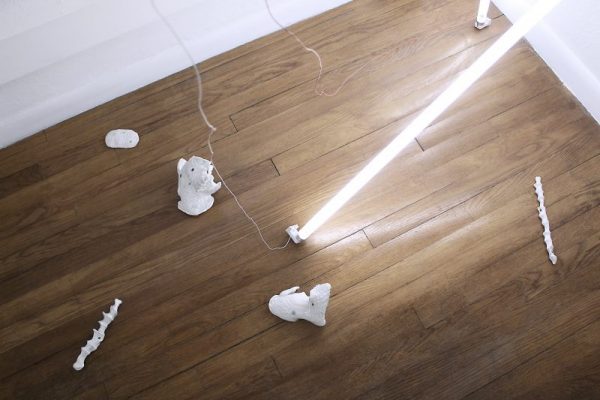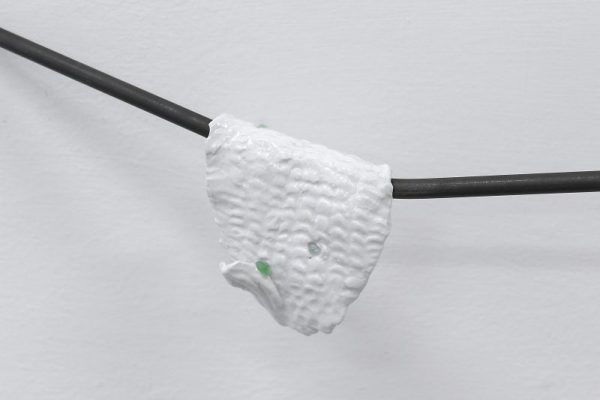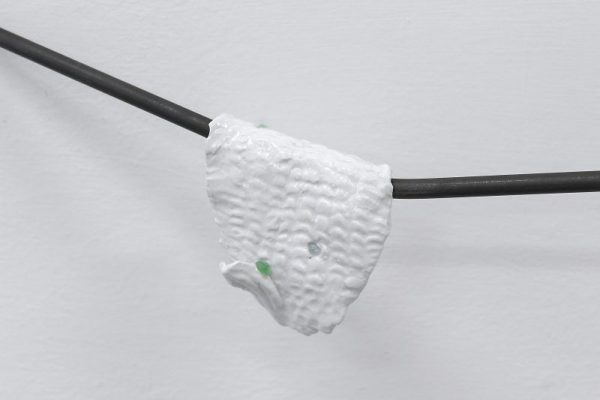Daniela Cotimbo
Art Curator
- Home
- About
- Re:Humanism
- Exhibitions
- Second Order Reality @HYPERMAREMMA
- Second Order Reality @MAXXI L’Aquila
- OVERTON WINDOW: Solo
- Muovendomi, stando ferma.
- Second Order Reality
- The Stone Monkey
- Tecnoriti
- Sparks and Frictions Re:humanism #3
- Beyond Binaries
- Distrust Everything
- IperSitu
- Non sono io il fotografo
- Object Oriented Choreography
- Don’t you forget about me
- Re:define the boundaries Re:humanism #2
- Within a latent space
- Allegra ma non troppo
- Complessità
- Re:humanism art prize #1
- Ionian Archaeological Archives
- Die andere Seite
- Models of display
- Se non vedete segni o prodigi non credete affatto
- CsO
- ANDIAMO Là
- Talk
- Publications
- News
- Contact
Ionian Archeological Archives
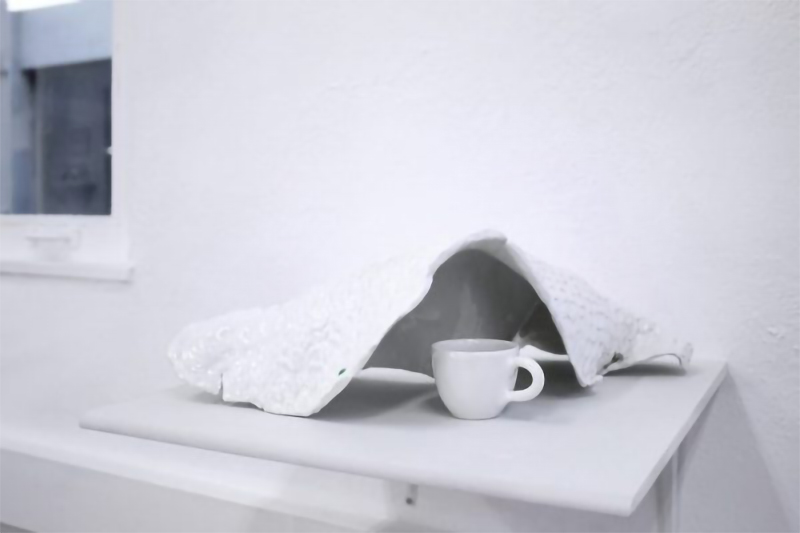
Ionian Archaeological Archives
02.11.2018 – 14.12.2018
Marco Emmanuele
Curated by Daniela Cotimbo
Bivy, Anchorage
A museum still to be done In 1969 Marco Ferreri directed Il seme dell’uomo, a film set in a post-apocalyptic Italy, where a couple, remaining among the few surviving human beings, reflects on the overcoming of its existence and the survival of memory for its species. What strikes me about the film is that the protagonist, Cino, begins to collect compulsively objects of different kinds in order to be able to catalogue exactly every product of the human experience in the hope of transmitting to possible descendants the ultimate meaning of human activity. Among the objects that man jealously guards, the primary one is a block of Parmigiano (typical Italian cheese) that the two protagonists compete for, one in the name of a symbolic instinct of conservation, the other to satisfy his instinctive need. I have repeatedly asked myself about the ways this need arises to preserve the memory of past times and how the idea of the Museum as a container of memories is not always a well-defined idea. What Marco Emmanuele brings to Anchorage isn’t a collection of finds from the Ionian coast, a small basin of the Mediterranean Sea that connects Italy, Greece and Albania, but the idea of a memory of places and shared experiences.
The artist has created works that revolve around the debris, the residual elements, the witnessing of human attitude to the colonization of places, but also of an entropic process of return to nature. Such small fragments made of glass, such as the ones that we usually find on the beach when we explore the composition of the sand with our hands, are the same fragments that are a symbol of illegal construction, and they become precious gems embedded in the ceramic of his sculptures. The same ceramic that gives life to the sculpture is the crystallization of the skin of a fish, lying on a table at the end of a Sunday lunch, where the artist, of Sicilian origin, has sat since childhood. Once again, the element of waste acquires the dignity of memory, the memory of illegal constructions, of family meals on the slopes of the Etna volcano; the ceramics are articulated in the gallery space and sustained by slender iron tubulars that accentuate their flow. The visitors discover an alien universe, which can’t be placed in time and space but is dotted with significant elements such as fossils, spines and frosted glass. These elements have not yet been “archived” and are laid on the floor and on the walls of the gallery, waiting for a place in history and collective memory. At the end of the path the visitors can buy a souvenir, a series of keys made with coins culminating in screwdriver bits arranged one after the other and ready to be collected by those who wish to preserve their memory. The choice is not casual, coins are the emblem of circulation and geographical crossing, they are historical symbols of national identities but at the same time are one of the most common elements that often live in our pockets, corners and interstices of our homes and museums. The screwdriver perhaps alludes to the human attitude of doing and undoing, it represents an accessible instrument in the hands of those who keep it, ready to be used on account of its ability to unveil the hidden mechanism of things. Each phenomenon is thus internalized by the artist who links it with his experience, transforming it into a border territory, a surface where things reveal themselves in their significance. It happens then in proximity of one of his ceramic skins, that the cast of a coffee cup becomes a container of suggestions, the same that made him wonder in his childhood why the life cycle of a fish should end at the end of a lunch. The stratification of historical, private and imaginary memories transforms the simple discovery into a fictitious archaeology where Emmanuele, in the form of an archive, translates the idea of the Museum and places it in a hybrid space far from its geographical coordinates, thus measuring himself with the overseas gaze in the utopian and a bit playful attempt to bring the Etna to Alaska.
